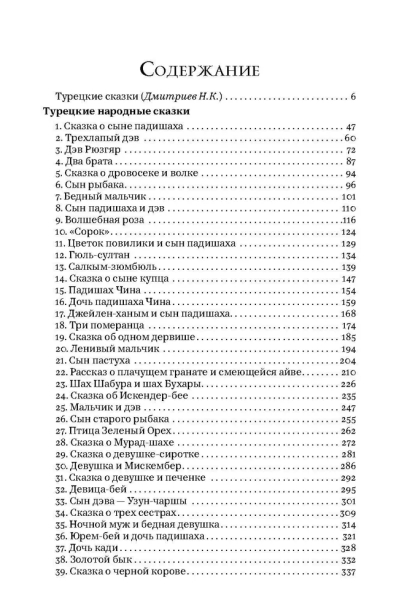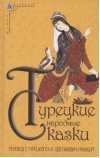Turkish folk tales
19.99 €
Out of stock
The content of a Turkish fairy tale, like any national fairy tale tradition, is made up of elements peculiar to all fairy tales in general and specific, specifically Turkish elements. This intertwining creates a special world, a projection of the real life of medieval Turkey onto some special, "magical" plane. The narrative takes the reader to the magical Chin, Chinmachin, Khandistan, to close and at the same time distant Arabistan, to the real Yemen, and sometimes to the habitat of purely mythical creatures, such as man-hostile devas, cannibals, benevolent pehri, capable of transforming one creature into another jadas (witches, sorceresses, sorceresses), multi-headed dragons-ejderha, the beautiful bird Sumuranka, ifrites and ejinns, appearing directly from under the ground and bringing catastrophic disasters. The space of Turkish fairy tales is permeated with the heat of the sun and the warmth of the southern night.
The collection of Turkish folk tales translated by N.A. Cvetinovich-Grunberg was first published in 1939. It was published again, under the scientific editorship and with commentaries by N.K. Dmitriev, supplemented by I.G. Levin's appendix on the typological analysis of fairy tale plots, in 1967. The edition is addressed to folklorists, culturologists and all those interested in world folklore.
The collection of Turkish folk tales translated by N.A. Cvetinovich-Grunberg was first published in 1939. It was published again, under the scientific editorship and with commentaries by N.K. Dmitriev, supplemented by I.G. Levin's appendix on the typological analysis of fairy tale plots, in 1967. The edition is addressed to folklorists, culturologists and all those interested in world folklore.
See also:
- All books by the publisher
- All books in the series Cultural methods: folkloristics
















